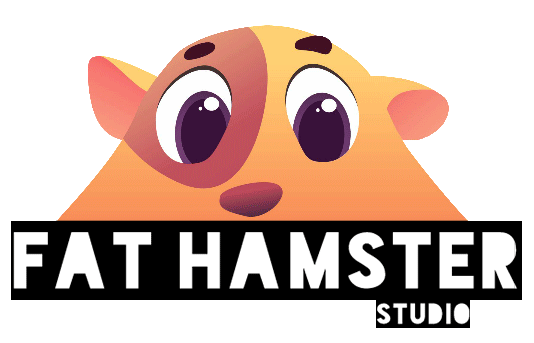In recent years, 3D animation has emerged as one of the most impactful tools in advertising, helping brands create visually stunning and immersive experiences. With its ability to blend creativity, realism, and imagination, 3D animation has transformed brand storytelling, allowing companies to convey messages in ways that resonate with their audiences on a deeper level. Here’s how 3D animation is reshaping advertising and how brands can leverage it effectively.
How 3D Animation Enhances Brand Storytelling
3D animation takes brand messaging beyond traditional visuals, providing a dynamic and engaging way to communicate. It allows brands to create detailed, lifelike environments and characters that connect emotionally with viewers. Unlike 2D animation or static imagery, 3D can present products and ideas in innovative ways, offering a sense of depth and realism that enhances the narrative.
For example, 3D animation helps brands visualize abstract concepts, such as data-driven insights, in an accessible and visually appealing manner. It also allows brands to push the boundaries of imagination, bringing surreal or futuristic elements to life in ways that are impossible with live-action video.
Examples of Effective 3D Animation Campaigns
- Coca-Cola – “The Coca-Cola Polar Bears”
Coca-Cola’s iconic polar bear campaign is a perfect example of how 3D animation can create memorable brand mascots that evoke emotions. The use of 3D animation helped the brand create a world where the playful and lovable polar bears could engage with the audience in an immersive and fun way, driving brand loyalty and recognition. - Nike – “The Nike Air Max 270 React”
Nike used 3D animation to showcase the features and design of their Air Max 270 React shoes. The campaign utilized animation to highlight the product’s sleek design and innovative technology in an eye-catching, modern way, making the product feel more futuristic and high-tech. - Old Spice – “The Man Your Man Could Smell Like”
Old Spice’s unforgettable campaign used 3D animation to enhance its over-the-top humor, presenting a series of surreal and humorous scenarios that caught viewers’ attention. The combination of live-action with 3D animated elements helped the brand make a strong impact and reach a wider audience.
Tips for Companies Using 3D Animation in Ads
- Focus on Storytelling
Successful 3D animation isn’t just about flashy visuals; it’s about crafting a compelling story. Make sure your animation serves the narrative and helps communicate the brand message clearly. Whether you’re aiming for humor, emotion, or excitement, ensure the animation aligns with your brand’s tone. - Invest in High-Quality Animation
To make a lasting impression, invest in high-quality 3D animation. Poorly executed animation can diminish the impact of your campaign, so work with experienced animators and studios who understand how to create smooth, polished, and realistic visuals. - Use Animation to Simplify Complex Ideas
3D animation is particularly effective for explaining complex concepts, whether it’s demonstrating a product’s functionality or visualizing data. If your product or service requires explanation, 3D animation can simplify the messaging, making it more engaging and digestible for your audience. - Adapt to Different Platforms
Ensure that your 3D animation is optimized for various platforms, whether it’s for TV commercials, social media ads, or YouTube. Different platforms have different technical requirements, so make sure your animation looks great and functions well wherever it’s viewed.
Conclusion
The rise of 3D animation in advertising has opened up new possibilities for brands to connect with audiences in unique and impactful ways. By enhancing storytelling through immersive visuals and dynamic experiences, 3D animation is not just a trend—it’s a powerful tool for building memorable, emotionally resonant campaigns. For companies looking to tap into this trend, focusing on quality, storytelling, and creative execution will be key to leveraging the full potential of 3D animation in their ads.





